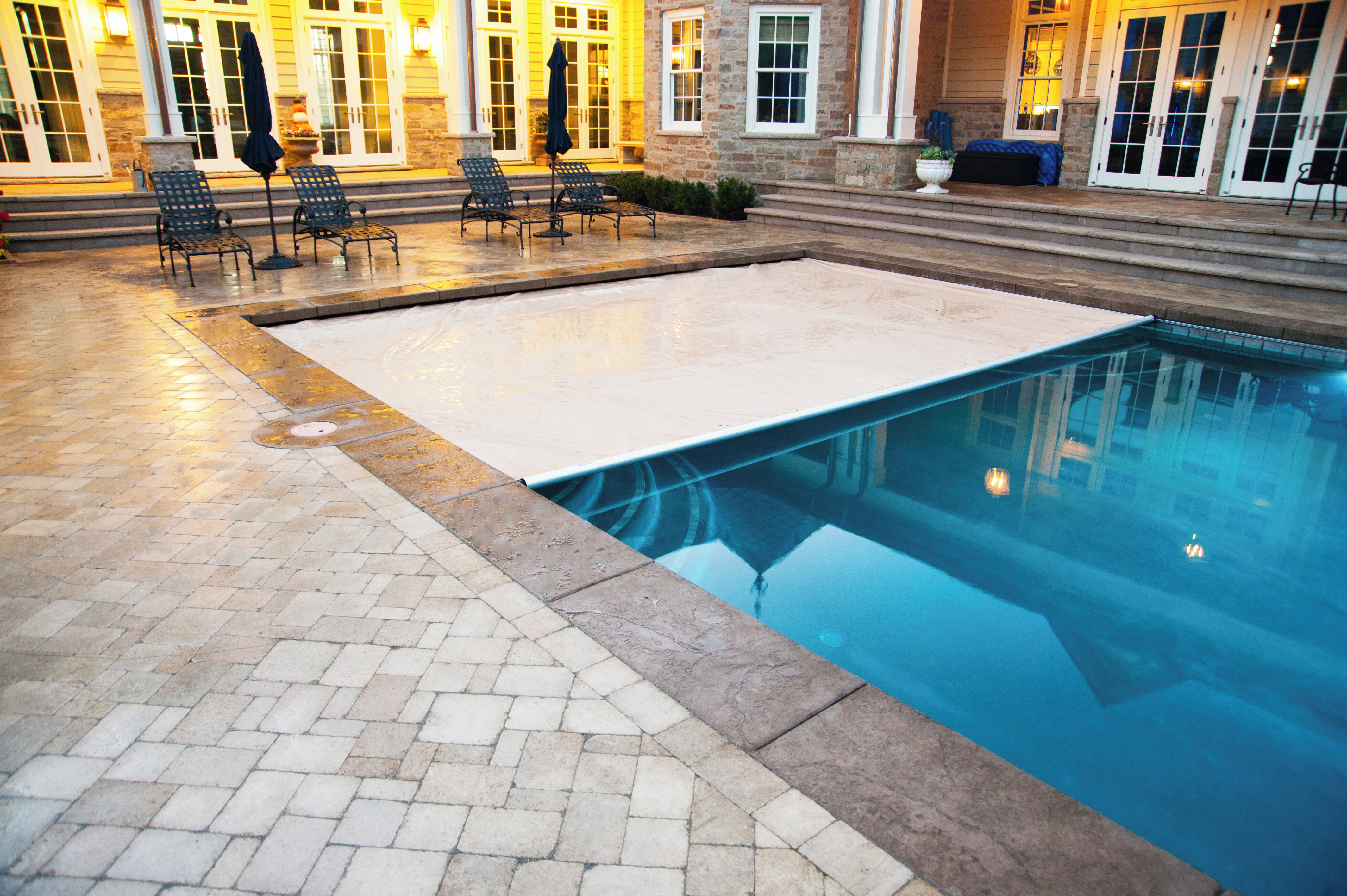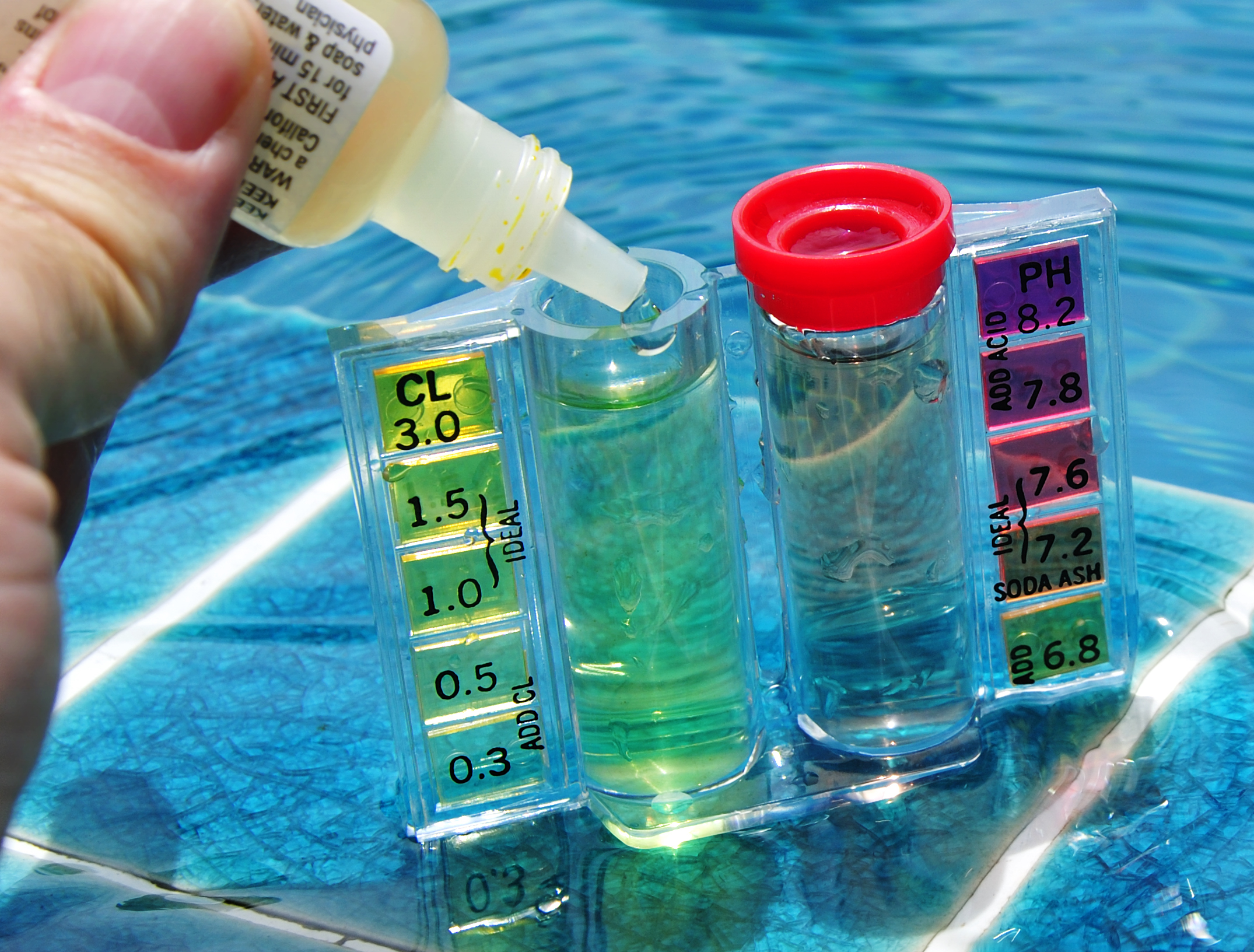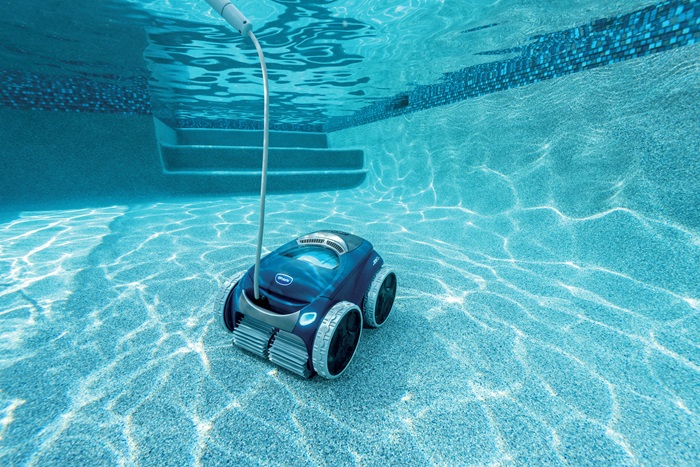7 Helpful Tips for Getting Your Pool Summer Ready
June 06, 2022 at 01:00 PM

Spring has sprung and summer is just around the corner which means pool opening season is near! If you haven’t already, you may want to start thinking about prepping your pool for swim season (get a head start as it could take up to a week to fully prepare your pool and outdoor space!) Here are some tips to help ensure your pool and backyard are ready for summer.
1. All Hands on Deck
It’s important to check the deck for any damage and address any repairs, upgrades or maintenance issues that need to be made. As the foundation of the pool, if there’s a problem with the deck, it can cause the pool to shift.
Sweep away or hose off any leaves, dirt or other debris from the pool deck and, if possible, pressure-wash the area. Make sure to fill in any cracks and re-stain the deck if necessary.
Lastly, clean your outdoor furniture with a mild detergent and some water – your friends and family will need a place to relax when they’re not in the pool!
2. Is Your Pool Covered?

If you have a pool cover, remove any leaves, dirt, branches and other debris that may have collected on top of it. Once removed, rinse off the cover and use a mild detergent to remove any remaining dirt and stains. Allow the pool cover to dry completely and store away until it’s ready to use again.
If you have an automatic pool cover, like those from Cover-Pools, simply turn the key or press the button on the controller once you’ve cleaned it off.
3. (Water) Level with Us
The pool’s water level plays a key role in ensuring everyone has a safe swim and that all pool equipment functions properly.
The water needs to be high enough to circulate appropriately for the pump to work effectively. The ideal water level is about halfway up the skimmer, so top off your pool with clean water if needed.
4. It's All About the Chemistry

Before you dive in, make sure to test the chemical levels of your pool. This may seem like a difficult task, however, there are easy-to-use at-home test kits available for purchase which allow you to check the pool’s pH balance, chlorine and/or salt levels along with total dissolved solids (TDS).
The Centers for Disease Control and Prevention (CDC) recommends a pool’s pH level should be between 7.2 and 7.8 while chlorine levels should be at least 1 parts per million (ppm) in pools and at least 3 ppm in hot tubs and spas.
If you have a saltwater pool with a salt chlorinator, refer to the manual to check that salt levels are within the specified levels. TDS levels should be between 1,000 and 1,500 ppm.
If you’re not comfortable with testing the water yourself, reach out to a local pool professional who can test and adjust the water chemistry so your pool is well-balanced.
5. Show Your Pool Equipment Some TLC
Pool pumps and filters must be free from any damage to have a well-functioning swimming pool, so it’s important to thoroughly inspect your pool equipment.
If you have a cartridge filter, start by cleaning the cartridges; then reassemble your filter. For those with a sand filter or DEV filter, be sure to backwash the system once it has been running for some time. Don’t forget to clean out the pump basket to prevent potential blockage as well. If you have a saltwater pool, inspect the cell for calcium build up.
You can easily check your equipment for damage and leaks by turning on each product. If you see any wet spots or puddles of water on the ground, that is a clear indication there is a leak.
Remember to contact a pool professional to perform any repairs, replacements or to service your pool equipment.
6. Time to Clean

For a pool to be swim-ready, debris such as leaves, sand and bugs need to be removed. Ditch the manual work of vacuuming the pool; instead opt for an automatic pool cleaner which can pick up debris and even scrub the pool’s floors and walls up to the waterline.
Pro Tip: To remove calcium deposits and hard water stains from your pool’s walls, use a pumice stone and apply gentle pressure.
7. Safety First
Don’t forget to inspect the handrails, ladders and any slides or diving boards for shakiness or damage and make sure all fences, gates and locks are operating properly.
It’s recommended to have a pool safety kit close by and in plain sight if an emergency arises. This should include a pool rescue hook, floatation device and a first aid kit.
If you have any questions, concerns or are unsure how to do something, always call your pool service technician for assistance.